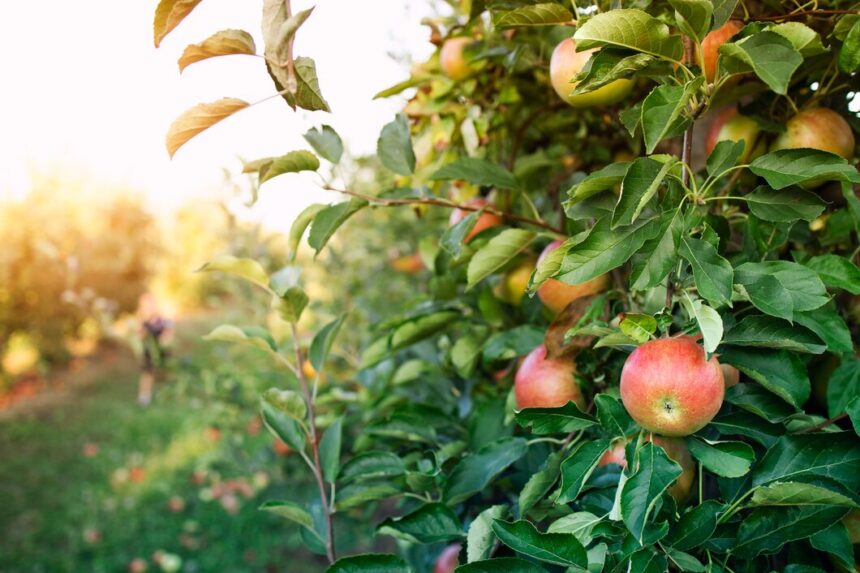Apple trees are prized for their delicious fruit and beautiful blossoms, but like any plant, they are susceptible to pests and diseases that can compromise their health and productivity. Aphids, tiny insects that feed on the sap of plants, are a common pest that can infest apple trees, causing damage to leaves, shoots, and fruit. Detecting aphid infestation early is crucial for preventing widespread damage and protecting the health of your apple trees. Here are ten early signs to watch out for:
1. Sticky Residue:
One of the earliest signs of aphid infestation is the presence of sticky residue, known as honeydew, on the leaves, branches, and fruit of apple trees. Honeydew is a sugary substance excreted by aphids as they feed on sap, and it can attract other pests like ants and wasps.
2. Curling or Distorted Leaves:
Aphids can cause leaves to become distorted, curled, or puckered as they feed on the sap. Look for abnormal leaf growth or deformation, particularly on new growth or tender shoots.
3. Yellowing Leaves:
Infested apple trees may exhibit yellowing or chlorotic leaves, which can indicate nutrient deficiencies caused by aphid feeding. Pay attention to any changes in leaf color or overall foliage health.
4. Wilting or Stunted Growth:
Severe aphid infestations can cause apple trees to experience wilting, stunted growth, or dieback of branches. Monitor the overall vigor and growth of your trees, and look for any signs of decline.
5. Sooty Mold:
Honeydew excreted by aphids can create ideal conditions for the growth of sooty mold, a black fungal growth that can cover leaves, branches, and fruit. Keep an eye out for black, powdery residue on affected plant parts.
6. Ant Activity:
Ants are attracted to honeydew produced by aphids and may be observed crawling on infested apple trees. If you notice increased ant activity on your trees, it could be a sign of aphid infestation.
7. Disturbed or Distressed Predators:
Natural predators of aphids, such as ladybugs, lacewings, and parasitic wasps, may be observed on or near infested apple trees. If these predators appear disturbed or distressed, it could indicate a significant aphid infestation.
8. Sticky Traps or Tape:
Place sticky traps or tape near your apple trees to monitor aphid activity. Check the traps regularly for the presence of aphids, as well as other pests like ants and wasps attracted to honeydew.
9. Distinct Aphid Colonies:
Aphids often congregate in colonies on the undersides of leaves, along stems, or at the tips of branches. Inspect your apple trees carefully for clusters of aphids, which may vary in color depending on the species.
10. Early Detection of Nymphs:
Keep an eye out for nymphs, the immature stage of aphids, which are smaller and less visible than adult aphids. Nymphs can be found clustered together or dispersed throughout the tree.
If you observe any of these early signs of aphid infestation on your apple trees, it’s essential to take action promptly to prevent further damage and protect the health of your trees. Depending on the severity of the infestation, control measures may include pruning affected branches, spraying with insecticidal soap or horticultural oil, introducing natural predators, or implementing cultural practices to discourage aphid proliferation. By staying vigilant and monitoring your apple trees regularly, you can detect aphid infestations early and take proactive steps to mitigate their impact on your orchard.
Join 'Farmers Mag' WhatsApp Channel
Get the latest Farming news and tips delivered straight to your WhatsApp
CLICK HERE TO JOIN






